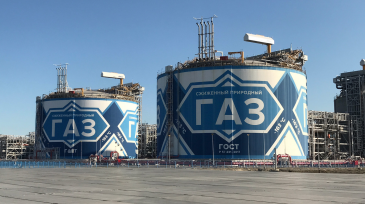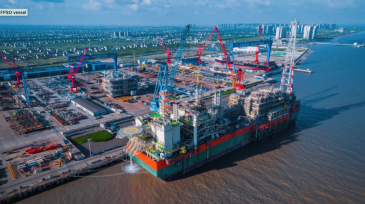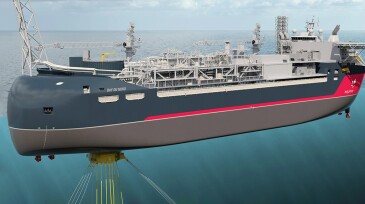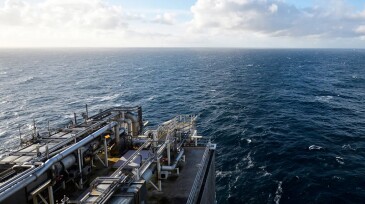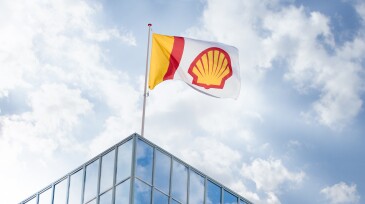Management
This paper explores the evolving role of the digital petroleum engineer, examines the core technologies they use, assesses the challenges they face, and projects future industry trends.
This study identifies critical knowledge gaps in wellbore integrity and underscores areas that require further investigation, providing insights into how wellbores must evolve to meet the technical demands of the energy transition.
This paper describes an auto-adaptive workflow that leverages a complex interplay between machine learning, physics of fluid flow, and a gradient-free algorithm to enhance the solution of well-placement problems.
-
The Gas Growth Integrated Project will capture and supply flare gas to generate electricity and treat seawater to manage pressure in oil wells in Iraq’s Basra region.
-
The Kremlin’s agreement to settle payment enables the equity transfer to be finalized.
-
After successfully identifying prospects offshore Namibia with Shell and TotalEnergies, QatarEnergy is now expanding its African footprint into Mauritania.
-
The Denver-based company bulks up its Permian position with the purchase of three EnCap Investment portfolio companies.
-
The contractor will execute the work scope jointly with Canadian subcontractor Hatch.
-
The nation set to offer 14 offshore blocks in April.
-
The operator adds equity interests in five discoveries in the region.
-
Initial production rates have exceeded 10,000 B/D of oil.
-
Production-sharing contracts sold were in the Baram Delta region.
-
Two US test sites have fractured hot, dry rock with plans to create a network of fractures for water heating. They will soon find out if the fractures worked as expected.





